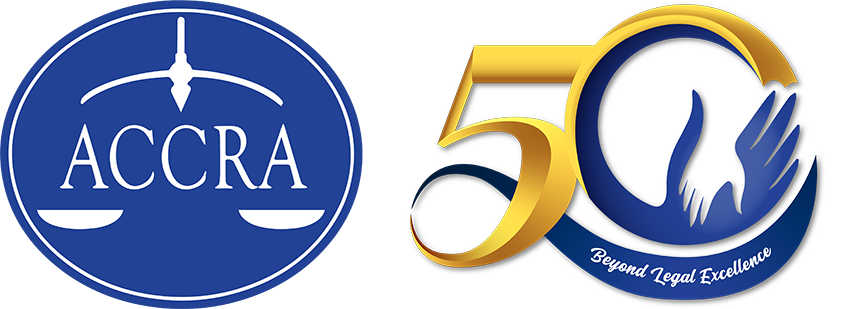Business is an ever-changing landscape. It finds ways to create assets, improve what has been already done, and maximize utility at the least possible cost.
What organizations often disregard is the value of knowledge and training — the value of creating an avenue for delivering knowledge to the workforce. Even the “delivery” of such knowledge and training has to find a way to transcend the traditional channels of delivery of knowledge and training (like face-to-face trainings), and to maximize existing technology. This has paved the way for the emergence of Electronic-Learning or E-Learning, an alternative method of learning and training for members of an organization.
E-Learning provides a platform for people to locate and consume learning and development content.
It may also function as a feedback mechanism where users can evaluate which methods or training are effective. It is also a method for an organization to know which strategies and competencies they need to focus on.
The E-Learning platform’s goal is to provide training and development, anytime and anywhere. It also offers more than what a classroom seminar can provide which may be good for theory, but oftentimes fails to pique the interest of the audience. An E-learning platform, on the other hand, is able to adopt to different learning strategies a person/user has (visual, aural, etc.). It also engages the user to learn more because of an interactive approach, and the simulation of problems which may actually happen in real life.
It cannot be overemphasized that the growth of an organization is dependent on the competence of its human resources or workforce. Human capital is the most fundamental source of intangible assets that, when properly utilized and translated, can create property for the advantage of the organization.
If looked at closely, the establishment of an E-Learning platform is a strategy for the company to take full advantage of one of its biggest assets — human capital.
The interplay of the relationships between creating and managing an E-Learning platform may create legal implications for an organization.
If left unheeded, an organization may suffer the loss of important intangible assets they which they failed to protect, or otherwise exploit. These intangible assets can be developed into Intellectual Property which include copyright and related rights, trademarks, services marks and patents, among others. Organizations merely see the protection of intangible assets as cost, but what they often fail to see is the opportunity of deriving value once assets turn into intellectual properties. Thus, an Intellectual Property Strategy is necessary.
An important part of creating an Intellectual Property Strategy is identifying the possible intellectual property assets involved in order to recognize what should be protected, utilized, or abandoned. Most assets in an E-Learning platform can be subject to copyright which is defined as “works” or “original intellectual creations in the literary and artistic domain protected from the moment of their creation,” as cited in the Intellectual Property Code of the Philippines.
These materials, however, are not only limited to those in the artistic domain but also include “computer programs” and “other literary, scholarly, scientific and artistic works.”
Thus, the training modules or materials (also called E-Learning modules) and the translation of these modules into codes to produce different interactive platforms (mobile apps, games) may be considered as the subject of copyright. It must be noted though that an idea, concept, and the operation itself cannot be subject of copyright based on Section 175 of Republic Act No. 8293 or the Intellectual Property Code.
The next step after asset identification is identifying the owner of such asset. Generally, a copyright is owned by the author of the work, unless otherwise stipulated. If there are joint authors then the co-authors, in the absence of an agreement, shall be governed by the rules on co-ownership found in the Civil Code of the Philippines.
If the work is created in the course of employment, the employer owns the asset if its creation is one in the regularly-assigned duties of the employee, unless there is an express or implied agreement to the contrary.
In case of work-commissioned or those who, other than an employer, pays for the work to be done by another person pursuant to the commission, copyright belongs to the creator and the one who commissioned the work only owns the work, meaning the copy of that work, unless there is a written stipulation to the contrary.
It is important to note, though, that all of these parties are bound by contract. Our legal system does not prohibit freedom to contract, as long as it is not contrary to law, public policy, public order, good customs or morals.
Thus, parties can freely stipulate to whom the intellectual property belongs to; and this is without prejudice to other contracts that parties may enter into for the creation and the management of the work.
For the organization to protect itself, a contract must clearly state that for whatever is created for the organization, the underlying copyright belongs to the organization. If this is not possible, then other stipulations can be agreed upon with similar effect. The bottom line is that, in dealing with creators, everything should be clearly stipulated. If it has been established that the company owns an asset, the underlying copyright may be registered to prove such ownership.
The third step in the strategy is leveraging the asset. As stated, training modules and the codes for how they translate such modules into user-friendly and interesting E-Learning platforms can be a potentially valuable IP asset.
Once properly developed, these assets may be licensed out to other organizations which may want to use E-learning platforms as well. This is, however, without prejudice to classified information which the company cannot divulge because it gives the company a competitive advantage.
E-Learning is an emerging concept in the Philippines; but because of its cost-efficiency and effectiveness, it is an industry worth pursuing in the future as a stand-alone business. The bigger challenge now is finding a market that wishes to avail of the same. Hopefully, upon proving the worth of E-Learning, more organizations will choose to adopt the same.




